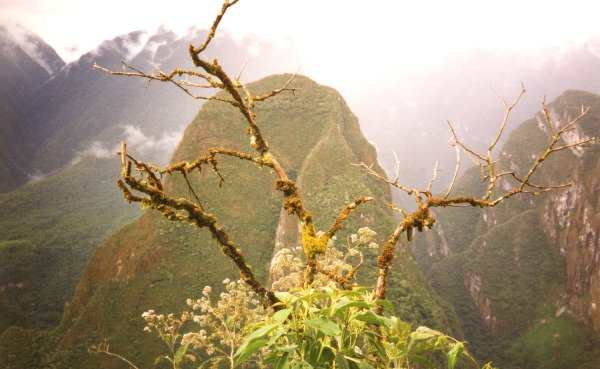
A long climb along steep mountain slopes through a cloud forest awaits those who want to see Machu Picchu.

Machu Picchu is one of the most beautiful places I have ever visited. There is something ethereal about the place. Some call it peace, some call it positive energy. I don't know. It was simply beautiful, and somehow it felt good to be there. I have taken several photos here, but none of them do justice to the harmonic atmosphere and the beauty of this place.
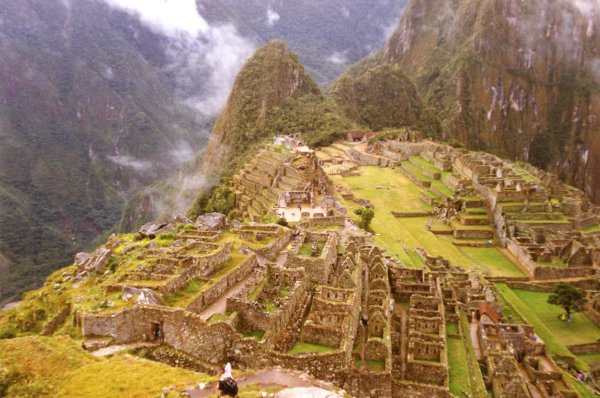
Machu Picchu is surrounded by a cloud forest. You can see where the name comes from.
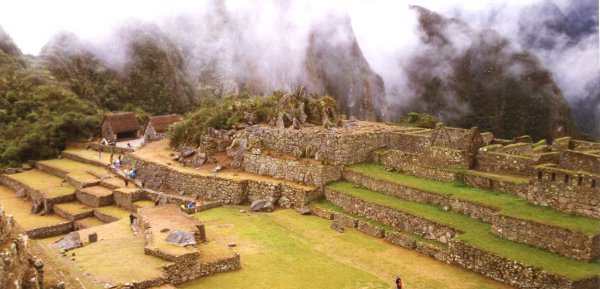
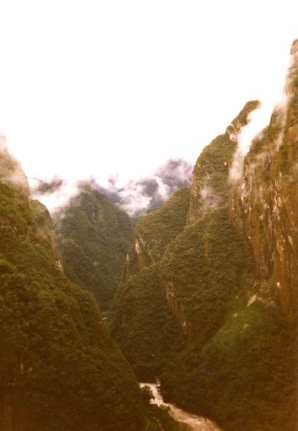
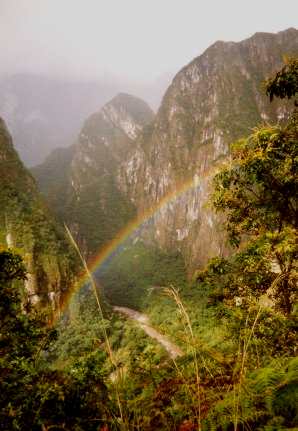
Again, the masonry used for both the inside and the outside of the houses is impressive.
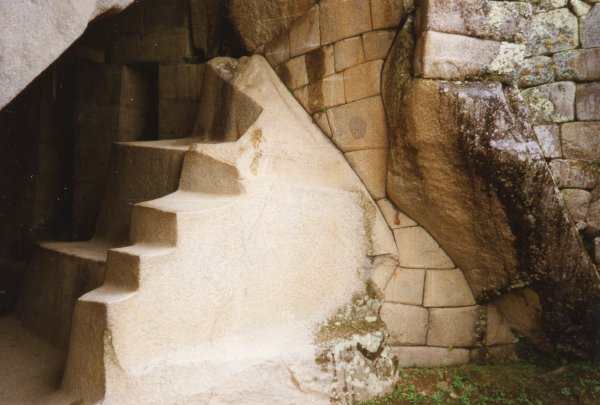
After Machu Picchu, we flew to Juliaca, a town south of Cusco. Juliaca is a busy trading centre deep in the Andes mountains. Just before our arrival they had a heavy snow storm, and we drove and walked through streets which were flooded by the melting snow. It was great fun. The less amusing side effect of this storm was that also our hotel was flooded. It was a lucky thing that we all had bought warm lama cardigans by this stage!
After the hustle and bustle of Juliaca we visited a tranquil place called Sillustani. Huge stone blocks were raised here above the graves of important persons from the pre-Inca times. This little girl was helping our guide around one of these holy sites.
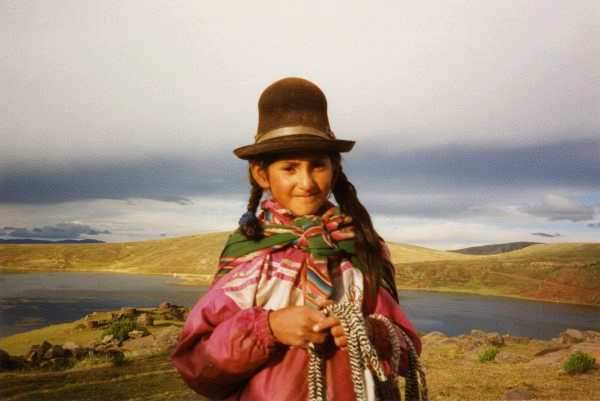
The people living in this area manage to grow barley, quinoa, and the potato, which originated on the Altiplano. The highest cultivated plot in the world was found near Titicaca -- a field of barley growing at a height of 15,420 feet (4,700 m) above sea level. At this height the grain never ripens, but the stalks furnish forage for llamas and alpacas.
Red and white are the national colours of Peru. This is quinoa.
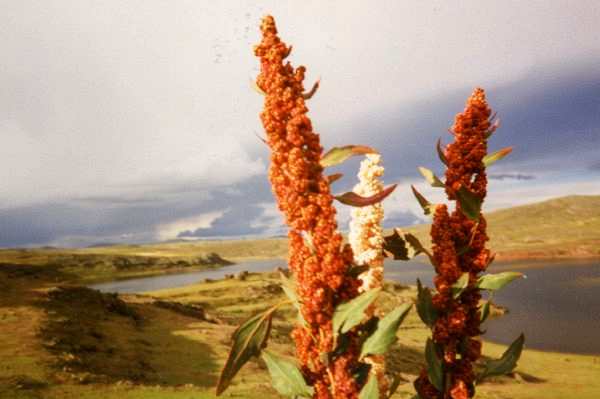
Andreas' mother Titti.
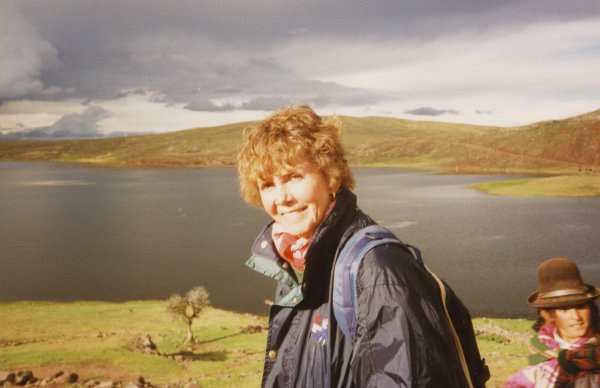
Llamas are the American relatives of the camel. They serve the Indians as beasts of burden and as a source of meat. Here is a good sized herd of llamas with a baby llama in the foreground. Alpacas are smaller, and darker, often brown.
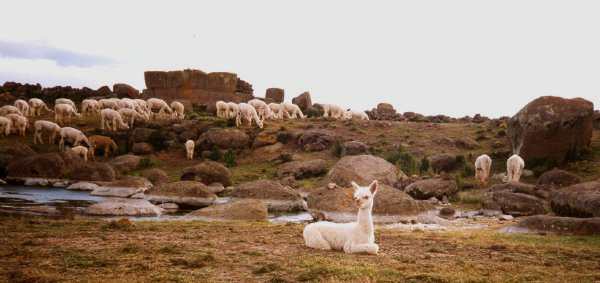
Best aspect of travelling: new friends.
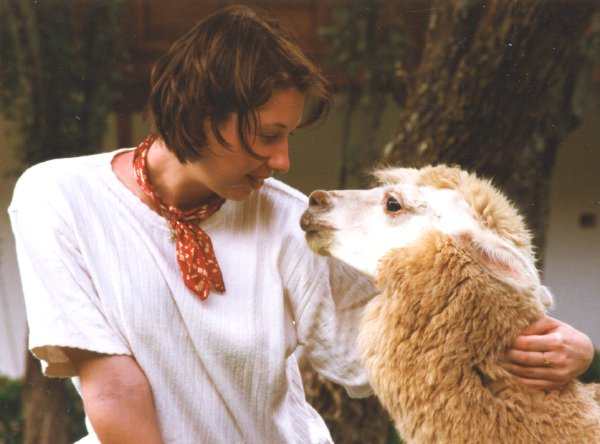
From here we drove for a whole day to reach a town called Puno, on the lakes of the Titicaca sea.





|
page 3 of 6
Silvija Seres